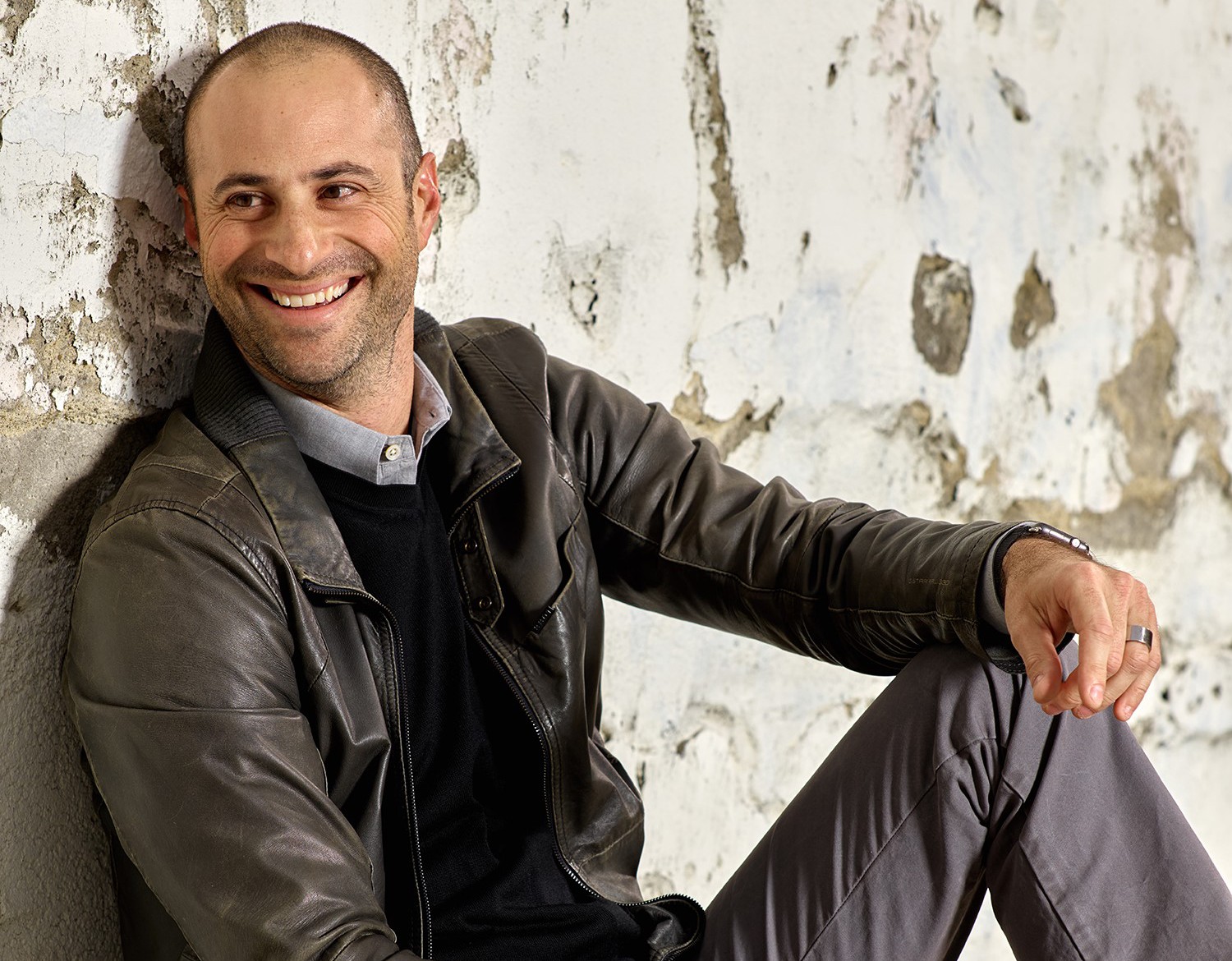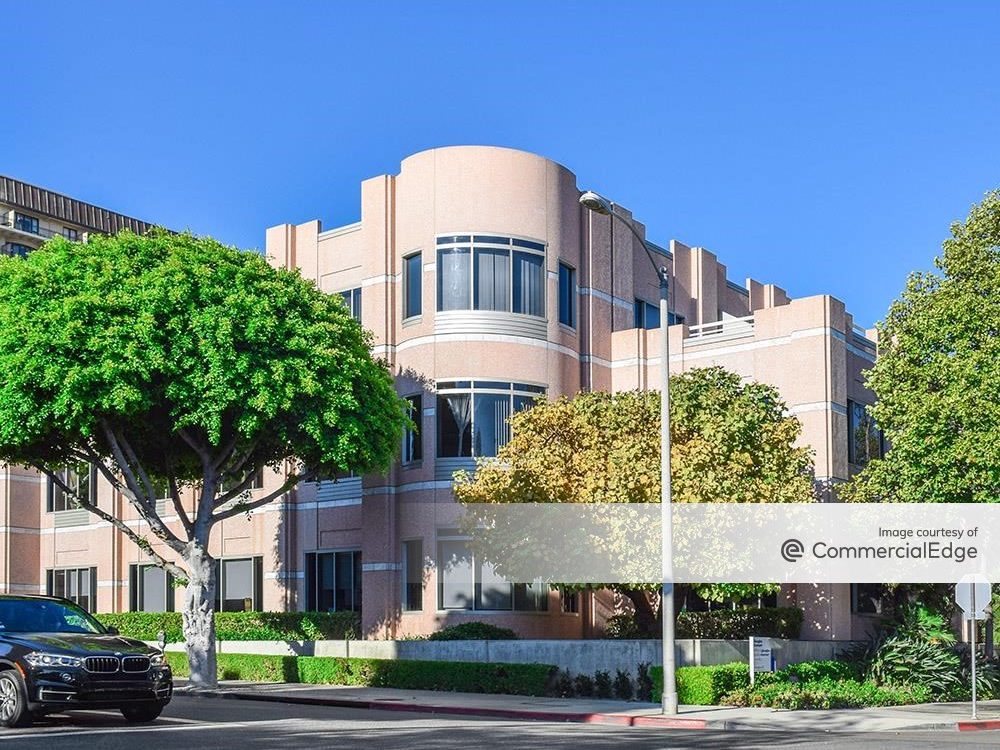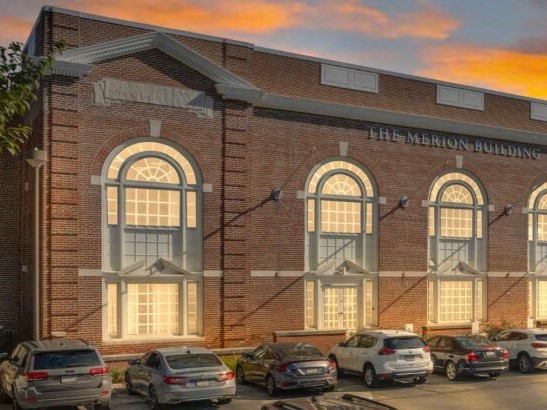The Future of Retail: Economic Impacts in 2018
David Sheldon, vice president of client engagement at Retail Design Collaborative, delves into the ways retailers and retail owners can cost-effectively manage their space to offer unique customer experiences.
By David Sheldon
 Some have said the retail industry is experiencing an “apocalypse.” Others call it a “metamorphosis” and cited the willingness of today’s consumers to embrace change at such a pace that traditional retail can’t keep up. Strong words. Perhaps too strong given that retail is always evolving and 2018 will be no different. In the new year, the retail evolution has brought us to a relatively simple concept that will become the industry’s focus and its future: customer experience.
Some have said the retail industry is experiencing an “apocalypse.” Others call it a “metamorphosis” and cited the willingness of today’s consumers to embrace change at such a pace that traditional retail can’t keep up. Strong words. Perhaps too strong given that retail is always evolving and 2018 will be no different. In the new year, the retail evolution has brought us to a relatively simple concept that will become the industry’s focus and its future: customer experience.
Now more than ever, retail is about creating a unique end-to-end customer experience. Just as Uber and Airbnb taught the transportation and hospitality industries the value of simplicity, retail must simplify, remove the elements that are antiquated and accentuate the experiences consumers won’t find online. Retail brands must embrace a frictionless, user-friendly and customer-convenient experience.
In addition, new technologies are now being adopted in the digital sphere from Artificial Intelligence (A.I.) to reach consumers, and technological advancements won’t stop there. Automation, machine learning and stronger technological tools for improving efficiencies pervade the entirety of the retail experience. Customers want what they want, when they want it. Take online grocery shopping for example, for which Amazon dominated the movement in 2017, as a result of acquiring Whole Foods. Online grocery is now driving up the marketplace to a record $800 billion.
What other key economic impacts can we expect in 2018?
- Health: Wellness is now a nearly $4 trillion industry. Today it may be a vacant big box, but tomorrow it will be a luxury fitness facility incorporating organic food concepts. After decades of diversion from a healthy lifestyle, retail is responding accordingly.
- Empty Retail Becomes Creative Office: Instead of letting deserted retail spaces sit empty, companies are now taking these spaces and transforming them into creative and unique office spaces for employees and the community to showcase their work. This year, for example, Retail Design Collaborative and Studio One Eleven moved from occupying two stories of a corporate tower into a formerly vacant Nordstrom Rack. Beyond simply moving into the new space, the space was meaningfully designed to provide a workspace for nonprofits, allow community and civic groups to utilize the space for their needs and to usher in more vital revitalization of the downtown Long Beach area. This impact comes as no surprise as the trend of “coworking” and shared spaces continues to spike, along with the rise of the independent workforce, which is now at more than 30 million people and, according to data from MBO Partners, will climb to 40 million Americans by 2019.
- Malls are Evolving and Communities are Reintegrating. Between 20 to 25 percent of America’s malls will close, according to a report from Credit Suisse, as e-commerce will continue to pull shoppers away from brick-and-mortar retailers. However, with this evolution, malls are being reimagined and smart landlords and tenants are now seeing that they have the opportunity to create a destination and experience. The experience comes as a result of integrating their developments into their surroundings, and being contextual and more thoughtful to the consumer needs. With these reimagined malls also comes opportunities for community reintegration, including naturally occurring affordable housing (NOAH), as well as public and civic facilities that create a social fabric for the community.
The future of retail is rich. Now it’s about embracing this customer experience from beginning to end. Even with all of the technology at our fingertips, nothing will replace the human experience and interaction. Smart retailers are leading with this to ensure success in the changing marketplace and keeping their customer satisfied, no matter how the times change.
David Sheldon is responsible for Retail Design Collaborative’s brand and business alignment. With nearly 20 years of experience, David has led business development and strategy for notable international firms in a variety of regions, worldwide.







You must be logged in to post a comment.